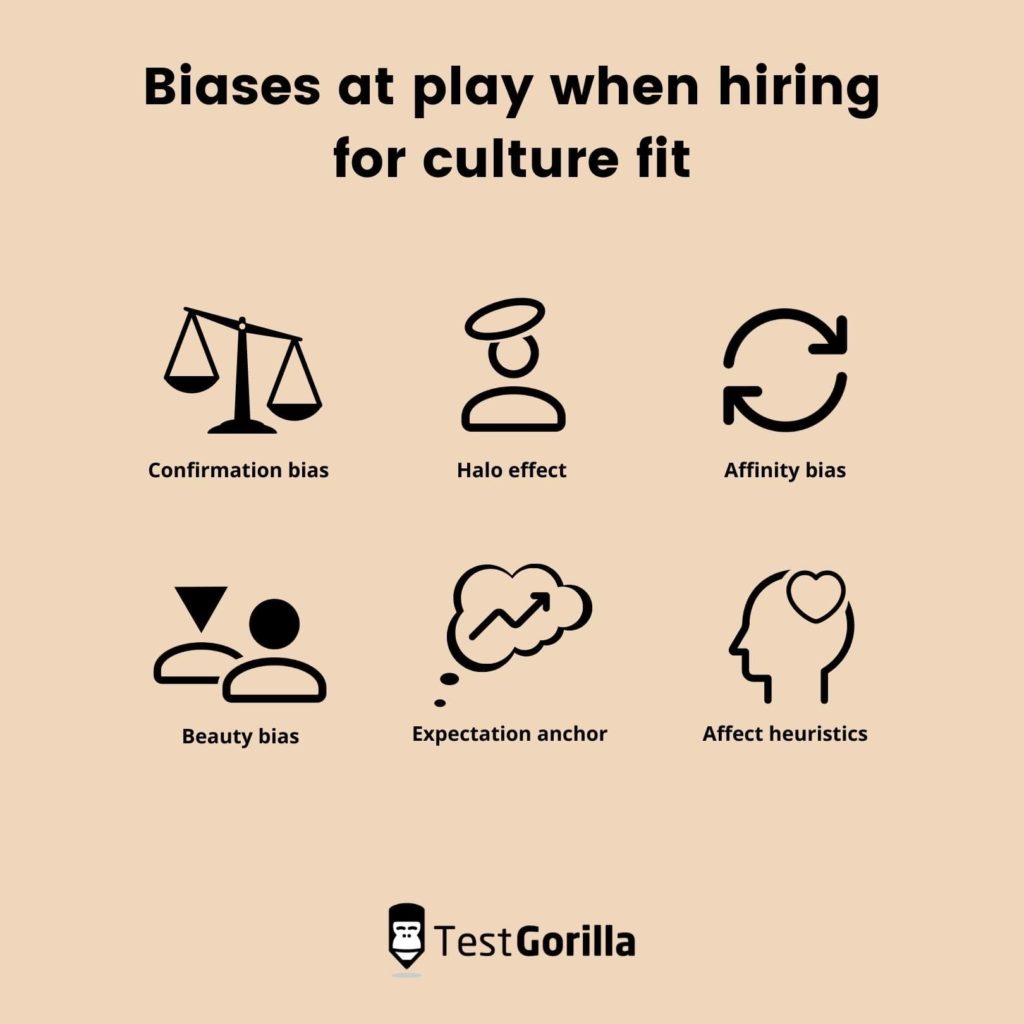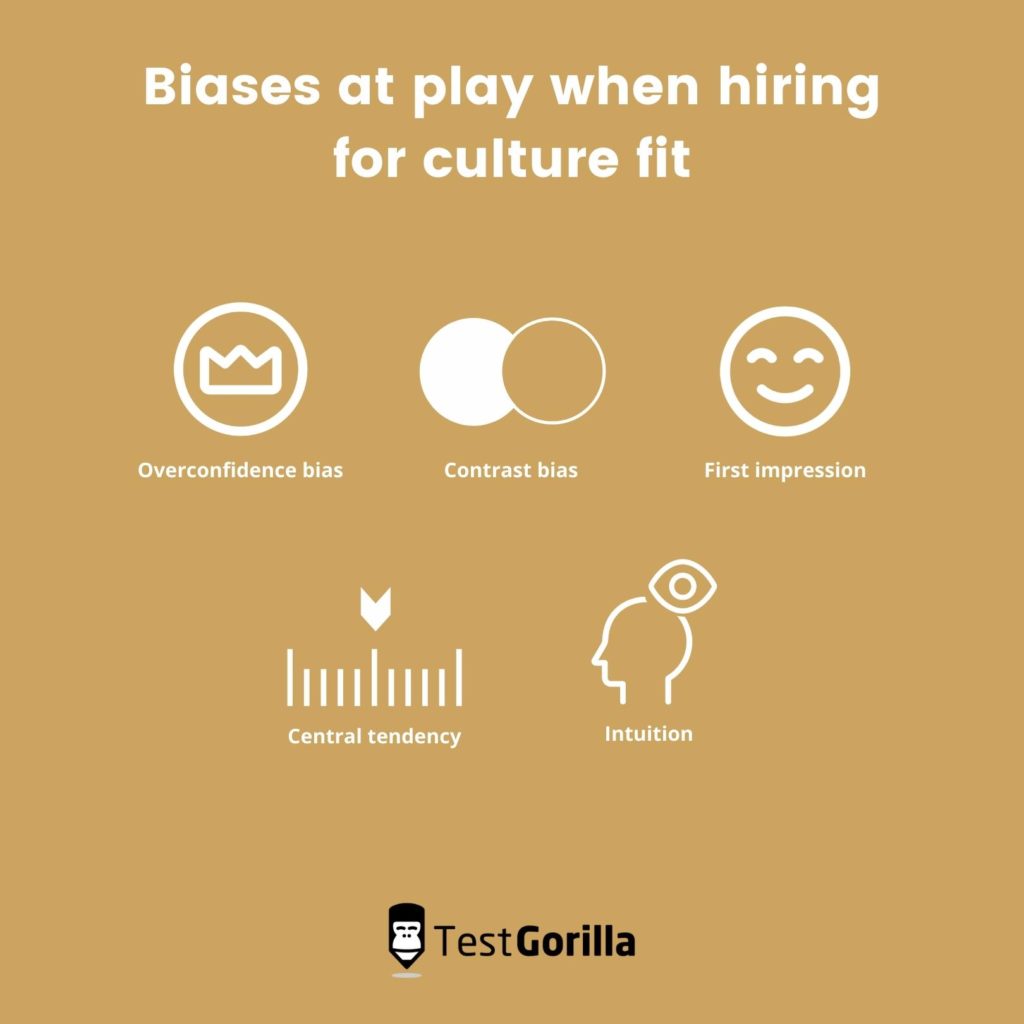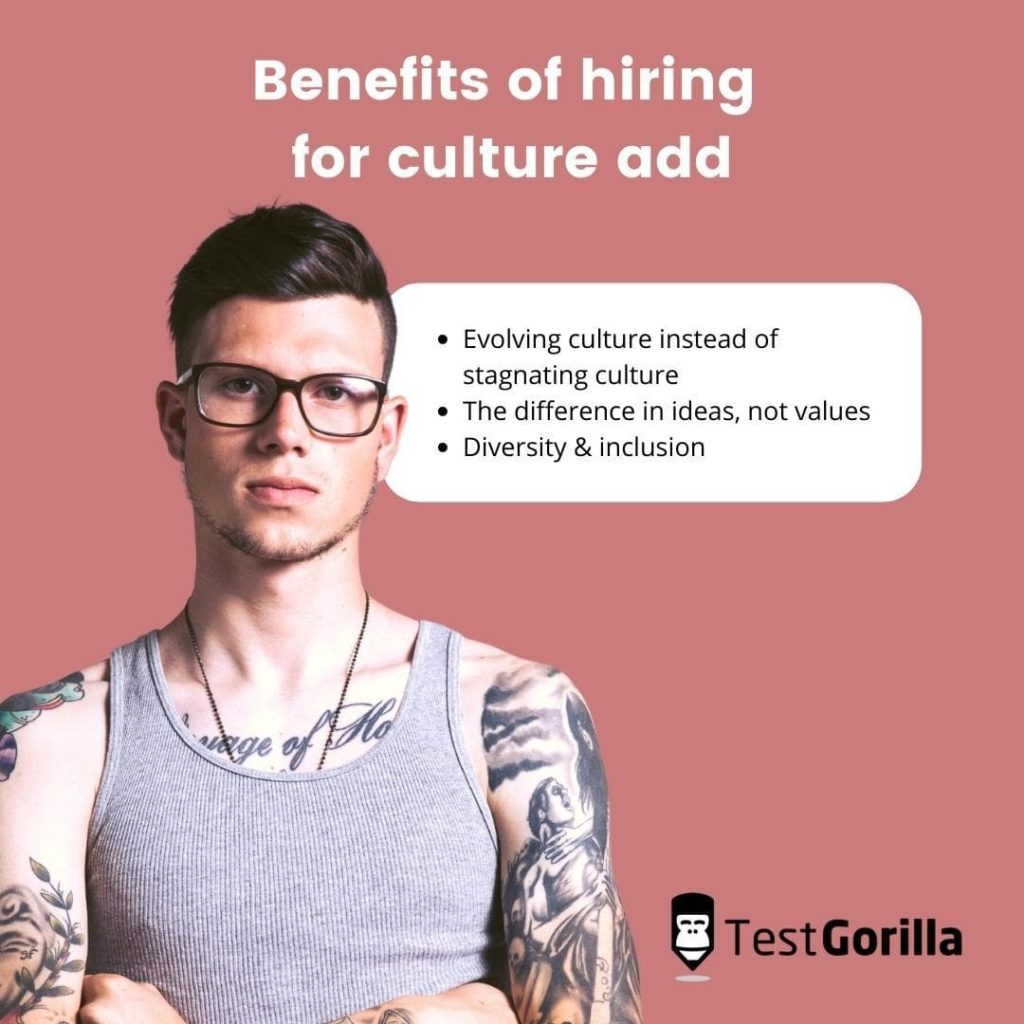Culture add vs. Culture fit: Why culture add is the new way forward
Hiring for culture has become a buzzword in today’s business world. Every company is hiring for culture at their company, yet we see a lot of misalignment when it comes to culture.
According to Gallup polls, sixty four percent of employees are actively disengaged at the workplace. The voluntary turnover rate hovers around 26%, and in total it costs U.S. companies more than one trillion dollars to fix this problem every year.
We need to do something different when it comes to hiring for culture. To do so, we’ll look at “culture fit” and “culture add”: why culture fit is becoming a problem, and why the way forward is hiring for culture add. First, let’s see what culture add and culture fit really mean.
Culture add vs. culture fit
Ever since Peter Drucker said that “culture eats strategy for breakfast,” companies have started to pay attention to culture and its massive effect in the workplace.
Over the years, companies started adding “culture” to their hiring scorecards to see how a candidate would integrate into the team and the company. Hiring managers and recruiters began to evaluate things like personal values, behaviors, and activities of candidates.
A recruiter would take these scores of the candidates and match them with how the company operates on a day-to-day basis. That’s how “culture fit” was born.
But over the years, companies slowly shifted from the term “culture fit” and started using “culture add”.
Culture add refers to the likelihood that a candidate hired by the company will reflect the company’s values and behaviors in everything they’re doing, to the improvement of others in the company.
Companies started this shift because culture fit started meaning something problematic.
Why culture fit became a problem
At first, culture fit meant that you’re hiring a person who shares the values of your company and, therefore, will fit perfectly in your company. But soon enough, problems occurred, most obviously in two areas:
From organizational values to the “beer test”
The business world wanted to make better hires, and to do so they began to hire people for culture fit. But the mechanisms in place weren’t good enough, and slowly but surely the execution became increasingly worse, to the point that most HR managers advised not to use the term altogether. So what happened?
Candidates’ value sets were being mistaken for individual character traits and hobbies. This caused a major problem since companies no longer matched candidates’ values with the company’s values.
The organizational values identified no longer represented organizational values, but the individual recruiter and hiring managers’ experiences, social interests, and qualifications.
Over time, the term “culture fit” no longer indicated that a candidate shared the same values as the company, but rather implied sharing the same hobbies, social interests, and other activities. The term went from “Do we share the same values?” to “Can I drink beer with this person after work?”
Biases at play
One of the reasons for this downward spiral is the lack of mechanisms that would objectively, fairly, and quantifiably show whether the candidate is a cultural fit into the company.
HR teams were making decisions mostly on gut feelings based on how a candidate appeared to them socially, which led to many biases.
Recruiters were assessing people according to their preferences and hiring people who had the same experiences, educational background, and even social interests and hobbies.
The biases at play were both explicit and implicit:
Confirmation bias
Halo effect
Affinity bias
Beauty bias
Expectation anchor
Affect heuristics
Overconfidence bias
Contrast bias
First impression
Central tendency
Intuition
The biases made it almost impossible to hire a candidate who truly shared the values of the organization, instead of merely being a good person to have a beer with. But all of that changed with culture add.
The best insights on HR and recruitment, delivered to your inbox.
Biweekly updates. No spam. Unsubscribe any time.
The benefits of hiring for culture add
Culture add has replaced culture fit in the modern workplace, and it did so by bringing three benefits to the table.
1. Evolving culture instead of stagnating culture
Culture fit means “fitting in with the current culture”, but it only brings to the company people who think the same. This leads to groupthink, poor innovation, and a lack of multiple perspectives, which are bad for solving business problems.
Culture add develops the culture of a company by vetting candidates based on how they’ll lift the company to a new level. It’s about finding candidates who’ll bring in fresh ideas and different perspectives on how things are done.
2. The difference in ideas, not values
When assessing if a person is a culture add, you need to make sure that the difference is in ideas, rather than values. Candidates still need to have the same values as the organization, indicating a good person-organization fit. They should, however, have different ideas, perspectives, and backgrounds.
3. Diversity & inclusion
The best thing about culture add in comparison to culture fit is the diversity & inclusion it provides. Culture fit was all about finding people as similar to the manager as possible. But culture add focuses on finding people who share the same value sets, but nothing else.
This opened up new talent pools for companies. You no longer need a person who went to a particular school, received a certain degree, or finds specific music interesting. Now, all you need is for the person to share the same values and nothing else — in fact, you’d benefit from someone who is vastly different in all other areas because they’d bring in fresh ideas and new perspectives. For a business, that means innovation, problem-solving, and higher profits.
Companies like Google, Apple, Hilton, and IBM no longer require their employees to have college degrees to work there. So it’s not about having the same experiences, social interests, hobbies, or educational background — it’s about sharing the same values.
How to hire for culture add instead of culture fit
Culture add helped companies find candidates who would improve the culture at the company. To successfully implement culture add, companies started to follow these three steps:
1. Measure the values of the organization.
It’s important to know your values before your start looking for them in your candidates. If you don’t know what you’re looking for, you’ll find it everywhere. So companies started using a standardized value instrument to measure their employees’ value sets.
2. Use standardized testing for candidates.
To measure values in your candidates and eliminate bias, you need to use standard tests when testing your candidates. So companies started using value tests such as the Culture Add test with all candidates as a pre-employment evaluation.
3. Compare candidates on an objective scale.
With personality and pre-employment tests, companies could candidates on an objective and bias-free scale. You no longer have to rely on the hiring manager’s gut feeling, but can now simply look at the quantifiable results of the test to assess a candidate’s value add on an objective scale.
Why you should use TestGorilla to hire for culture add
When picking a pre-employment test provider, you should bear in mind a few important factors.
Here’s why you should use TestGorilla to assess culture add in your candidates:
Standardized tests. TestGorilla has standardized tests that you can give to your candidates. Thus, everyone gets the same tests and they are graded according to the same scale. You can find more than a hundred tests in our Test Library.
Made by subject-matter experts. Our tests are made by a subject-matter expert and then assessed by another subject-matter expert. Only then do they go through multiple rounds of feedback and iteration until the test is as good as it can be.
Bias free. Assessing culture add through interviews and a personal impression is problematic and lacks objectivity. With our pre-employment tests, you eliminate biases from the hiring process and receive objective results.
Provides quantifiable, objective, and bias-free results. Our tests give you quantifiable (number) and objective results, which means that you no longer have to rely on your recruiter’s gut feeling.
Culture add vs. culture Fit: Why culture add is the way forward
Culture fit started out as a good thing, but it soon became associated with hiring biases, poor hiring decisions, and personal preferences. That’s why the new way forward is culture add.
Culture add develops the company’s culture instead of letting it stagnate. And it brings to the company people with fresh ideas, innovative approaches, and new perspectives, while sharing the same value sets as the company.
TestGorilla’s Culture Add test brings objectivity to hiring for culture. Include it in your pre-employment assessment and make better hiring decisions, faster and bias-free. Get started today for free.
You've scrolled this far
Why not try TestGorilla for free, and see what happens when you put skills first.


















